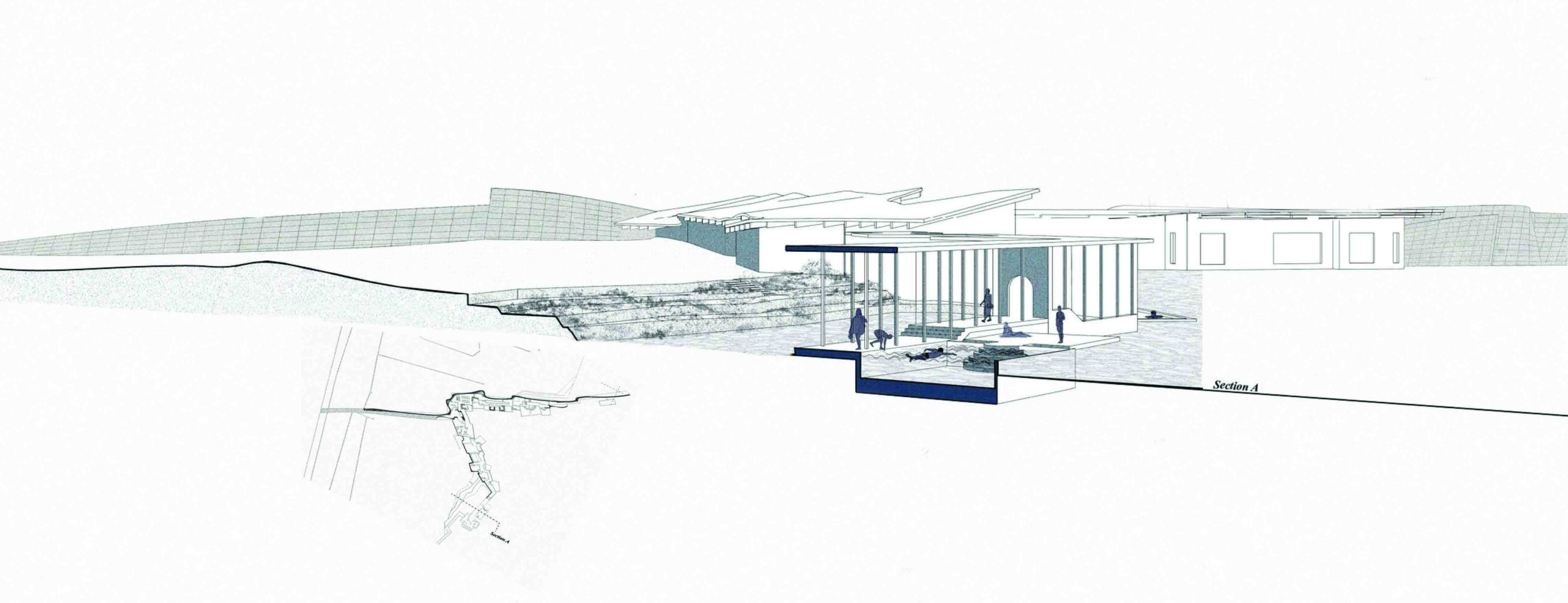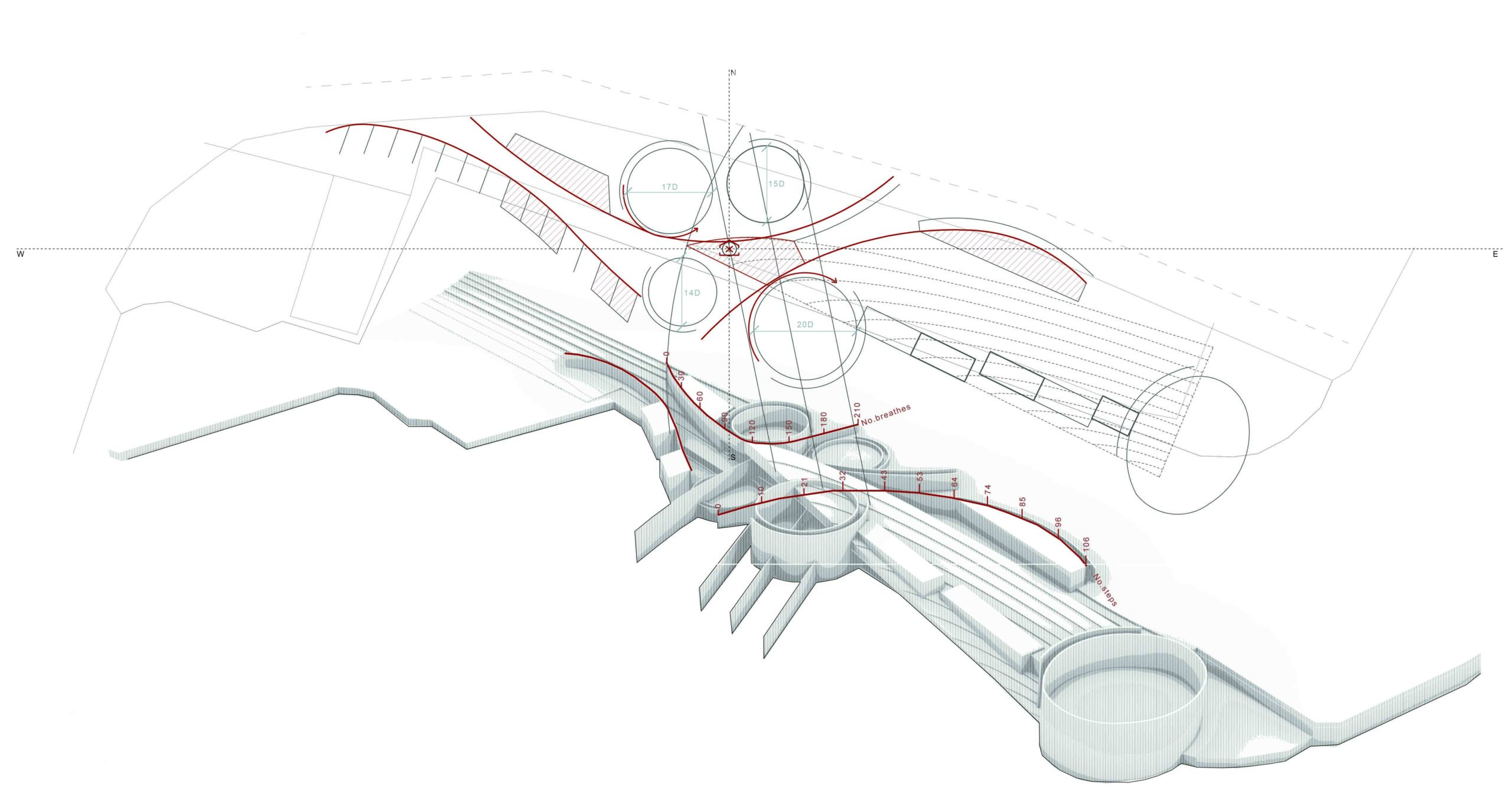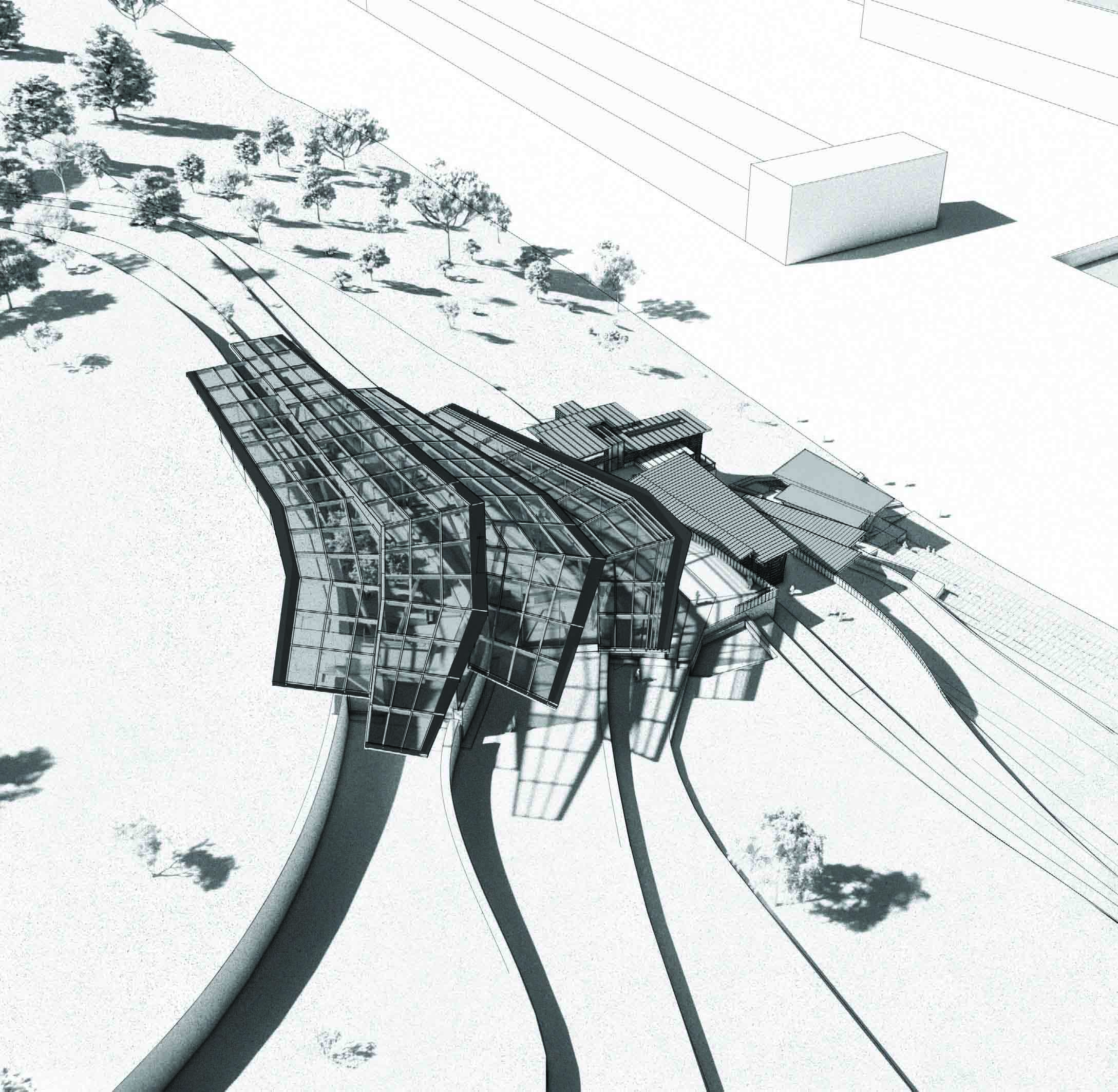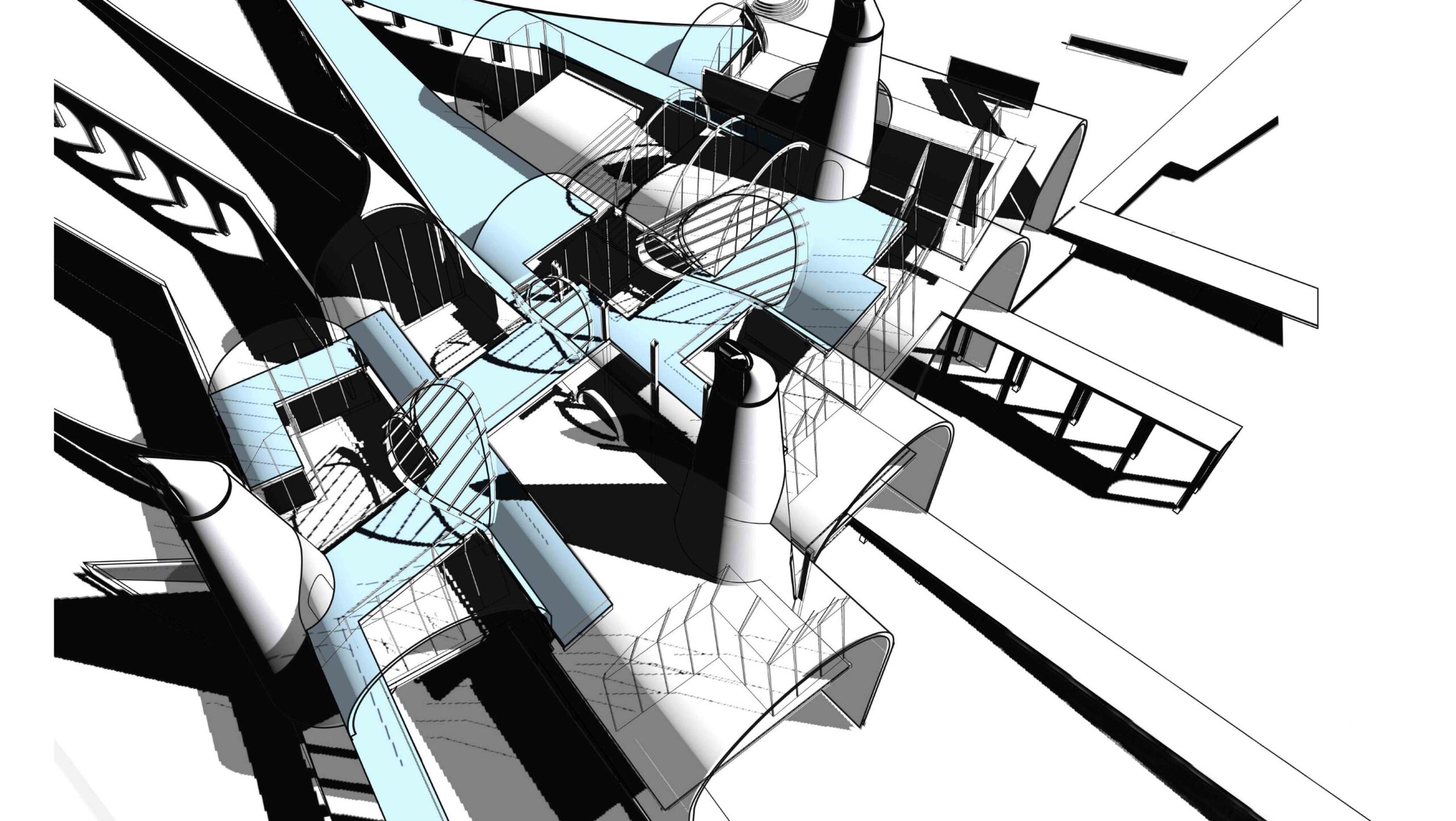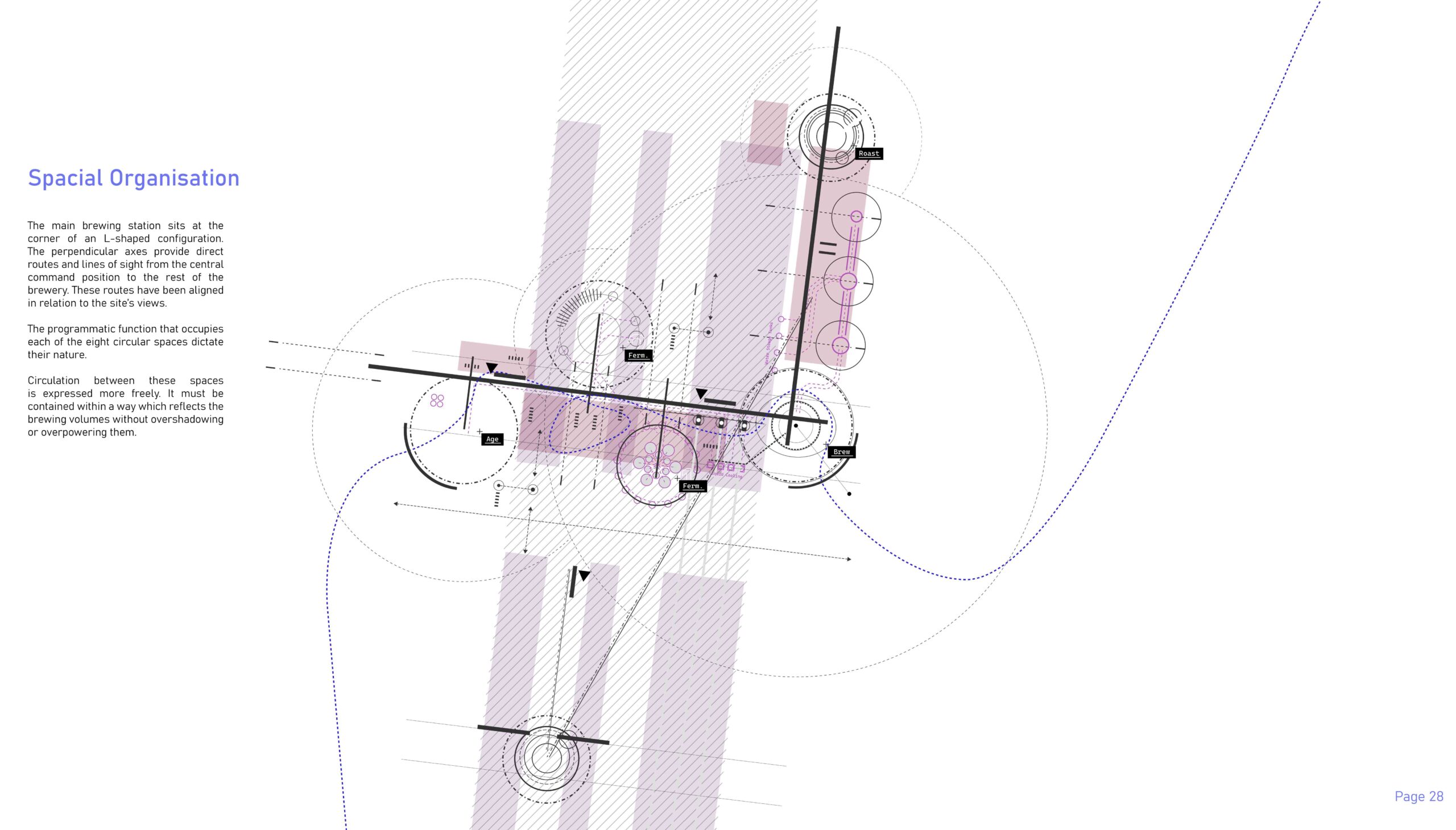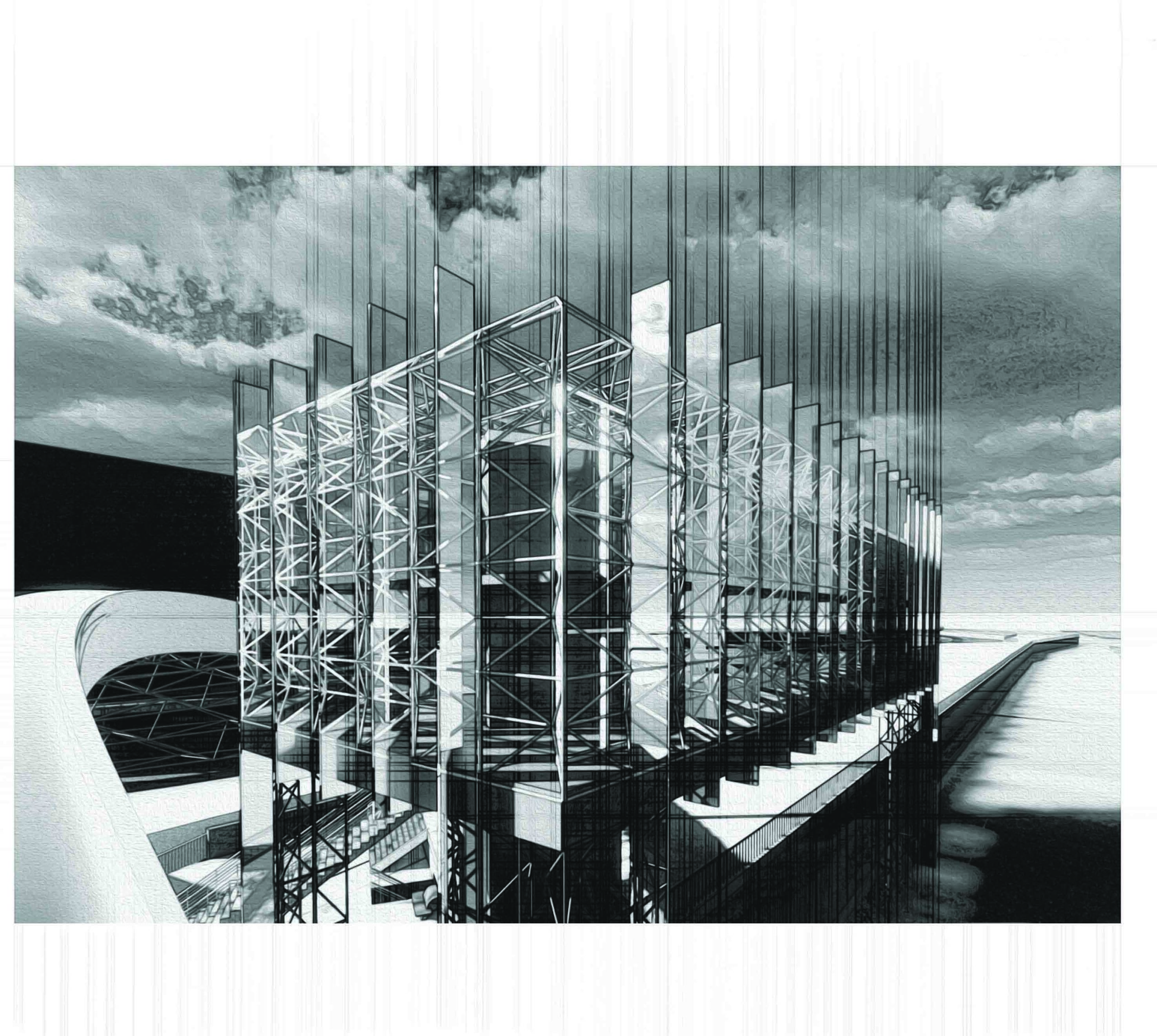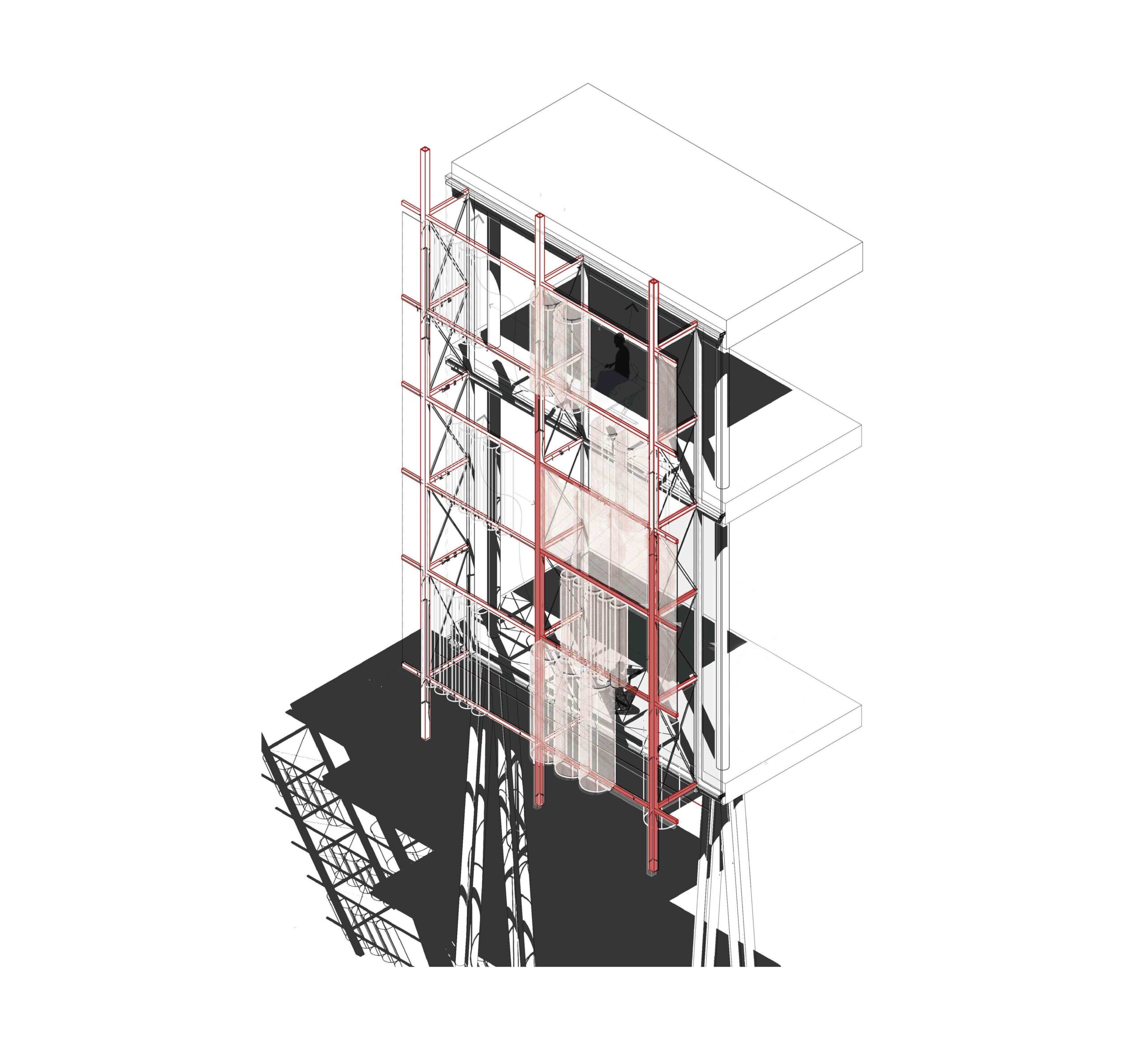Design Studio 23 Master of Architecture (MArch RIBA Part 2)
Richard Difford, François Girardin & David Scott
DS23 is led by three experienced tutors each of whom brings a different set of skills and knowledge to the studio.
Richard Difford is an academic with expertise both in creative technologies and architectural history. His teaching focuses on architectural representation, the history of science and mathematics, and the use of electronics and coding in architectural design.
François Girardin has extensive international experience in architecture and is currently involved in teaching design and cultural context. He has specialist interests in material technologies and digital fabrication.
David Scott is an academic and Director of the Fabrication Lab. His interests are in the transformative application of digital technologies to architectural design.
Instruments of Perception
Year 1: Christopher Collett, Jacob Doherty, William Grose, Milan Lad, Tara Lovering, Mohammad Mahmood, Jessica Morrison, Sara Tranescu
Year 2: Max Arnold, Pranjal Bafna, Lucas Crichton, Georgia Elba-Porter, Laura Gioya Gil, Angelique Hoarau, Gyulhan Ibryamov, Manu Mohan Mohandas, Micah Oak, Hamzah Rezq
For many centuries the nature of what we know as reality was defined by what we experienced through our senses. Arguably, the most important of these was our sense of sight and the characteristics of vision that connect seeing to thinking. In anthropocentric, vision-centred understanding of space was therefore transferred into architecture and shaped its organisation.
However, most aspects of our lives are now mediated through technology, causing us to exist simultaneously in both a physical and digital space. Increasingly, the technology is also doing the ‘seeing’ for us – with machine vision, pattern recognition and AI able to analyse, interpret and generate images in ways that are opaque to the human subject.
Considering not only vision but the full spectrum of sensory experience, DS23 this year has been exploring how architecture is both organised by, and shapes, perceptual experience in the twenty-first century: Architecture as an instrument of perception.
Our site of exploration, investigation and contemplation has been the German city of Hamburg. rom the River Elbe to its urban centre and busy port, Hamburg is a vibrant city rich in architecture that provides a diverse range of conditions for possible projects.
Seen by some as a model for other European cities transitioning from their industrial past to a green economy, it is also a city that has actively pursued environmental and social renewal, especially in the restoration of derelict areas and buildings, and by creating new urban green spaces and sustainable travel. In the face of climate change and rising sea levels, our projects have looked at new ways in which architecture can address the fragile balance struck between water and land, and how to encourage biodiversity by creating ecologically-sensitive environments.
Guest Critics: Dusan Decermic, Thomas Hopkins, Mary Konstantopoulou, Maria Kramer, Thomas Rowntree, Ben Stringer










